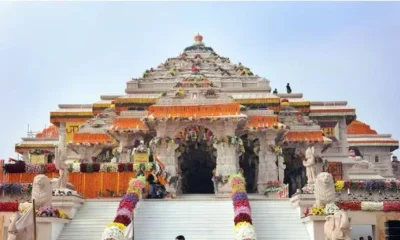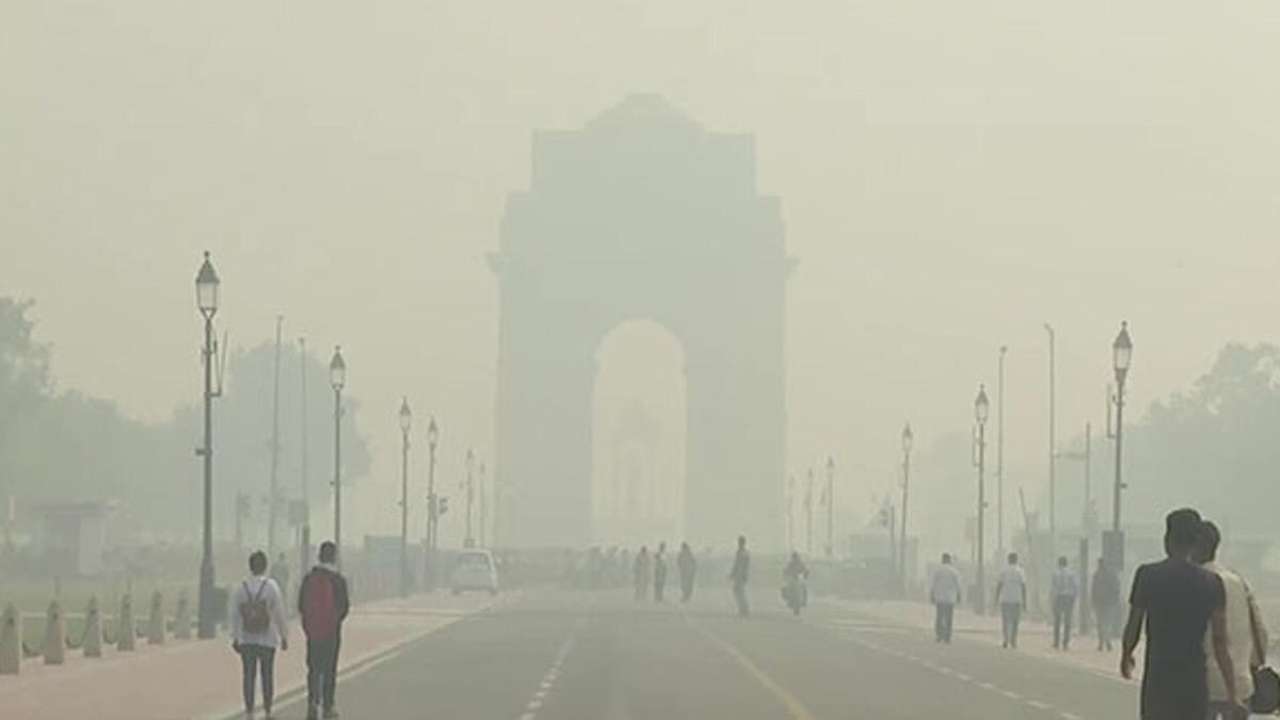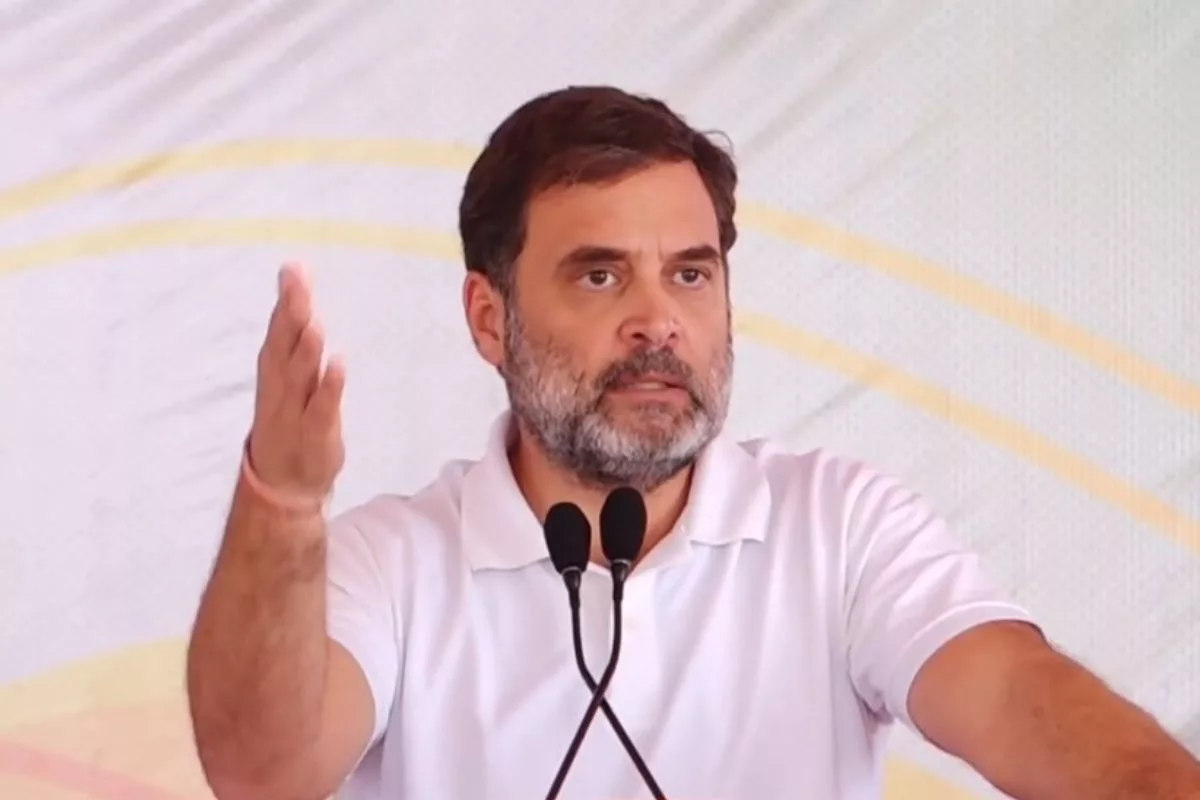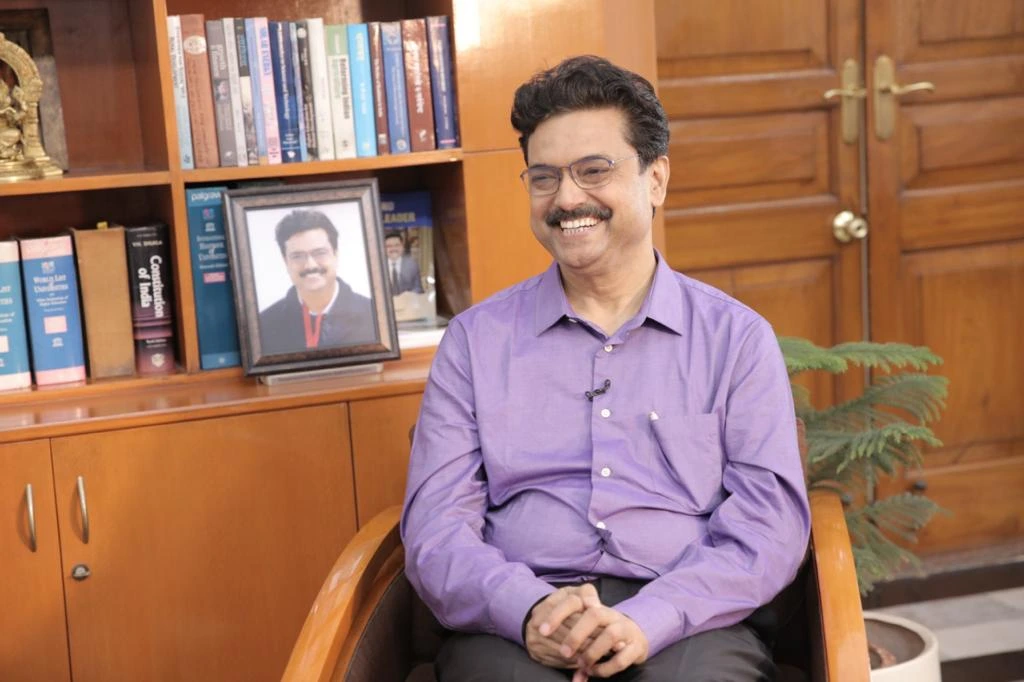[vc_row][vc_column][vc_column_text]Twenty five years after a mob, safe in the knowledge of a favourable government in Uttar Pradesh, demolished the 16th century Babri Masjid, Dec 6 was celebrated as ‘shaurya divas’ by RSS-BJP and other Hindutva followers in the country.
Muslim organisation observed it as ‘Black Day’, but the voices were drowned out. ‘#ShauryaDivas’ was among the top trends on Twitter on Wednesday, the posts dominated by tweets hailing the demolition by ‘brave kar sevaks’ and a few lamenting the divide it plunged the country into. Hindutva followers mostly stayed away from another trending topic ‘#BabriMasjid’: they loathe the name and prefer ‘disputed structure’.
Only a day before, when the Supreme Court was hearing the case to decide who the land – where the demolished structure stood – belonged to, they had pre-judged the case, affirming their resolve to build a Ram temple on the spot, asserting ‘with Narendra Modi government at the Centre and Yogi Adityanath, when else would the temple be built’?
Accordingly, RSS’ extreme Hindutva wing, VHP, gave a call for starting Ram temple construction ‘from Oct 18, 2018’, at a time when the heat would be on for state Assembly elections in Rajasthan, Madhya Pradesh and Chhattisgarh and the Lok Sabha elections just six months away.
Politics in the name of religion is there for all to see. It is another matter that Prime Minister Narendra Modi, campaigning for Gujarat Assembly elections on Wednesday, referred to Congress leader Kapil Sibal’s arguments in the court and asked, in all innocence: “No objection that Kapil Sibal is fighting on behalf of Muslim community but how can he say do not find a solution to this (Ayodhya issue) until next election? How is it connected to Lok Sabha elections?”
Meanwhile, The Hindustan Times (HT) has reported that preparations for Ram temple construction have picked up pace at its workshop, ‘Shri Ramjanmabhoomi Nyas Karyashaala’, in Ayodhya after Yogi Aditynatah took over as chief minister in Uttar Pradesh. The workshop is located 3 km from the disputed site.
“Sixty-seven per cent of work is over. All this, when assembled, would make the ground floor of the Shri Ramjanmabhoomi Temple,” said Sharad Sharma, a spokesperson of the VHP that runs the workshop, reported HT.
The architect is Ahmedabad-based Chandrakant Bhai Sompura, whose grandfather built the Somnath Temple in Gujarat. “It will take at least one-and-a-half year for the stone carving work to finish. At least six months will go into laying the foundation for the temple,” he told HT over the phone. Sompura also said the original project cost was Rs 5.35 crore, but had ballooned four times.
While all this takes place in the background, the 25th anniversary of Babri Masjid demolition saw massive security arrangements in place in the twin towns of Faizabad and Ayodhya as the VHP and the Bajrang Dal celebrate ‘Shaurya Diwas’ and Muslim organisations observe a black day. The saffron outfits have given a call to people of Ayodhya-Faizabad to light up their homes with lamps.
Ayodhya has been divided into four zones and ten sectors and prohibitory orders under section 144 have been clamped, said media reports. Any form of protests, demonstrations have been completely banned. All areas of Ayodhya have police presence, with bomb disposal squads on alert. Security was tight and people were frisked at multiple check points across the temple town.
The Centre has asked all the states to remain cautious and ensure peace, so that no incident of communal tension is reported from anywhere in the country.
To recall, on 6 December, 1992, a movement led by RSS and affiliated outfits VHP, BJP and Bajrang built up to a rally in Ayodhya involving over 1.5 lakh volunteers, known as kar sevaks. Provocative speeches added to a charged atmosphere. The gathering turned into a violent mob that pulled down the Babri Masjid.
This was followed by communal riots all over, beginning with Ayodhya-Faizabad itself, where, according to media reports, 28 Muslims were murdered, almost all their houses and shops were torched and destroyed, including 23 local mosques. No FIR was reported to have been lodged, no cases were registered of this riot.
Present at the rally in Ayodhya that day were senior BJP leaders LK Advani, Uma Bharti and Murli Manohar Joshi. In 2009, a report by Justice Manmohan Singh Liberhan found 68 people responsible for the demolition of the mosque, which included names of Atal Vajpayee, Advani, Joshi and Vijay Raje Scindia. The case is pending disposal in a special court.
Hundreds lost their lives in the riots in the rest of the country after the demolition. This was followed by Mumbai bomb blasts, allegedly as a revenge for demolition of the mosque, sparking off the Mumbai riots of 1993.
The issue was kept simmering and boiled up again, this time in Gujarat, in 2002, when 59 kar sevaks returning from Ayodhya were burnt to death when their coach was set on fire in Godhra. This, too, led to one of the worst riots in the country, under the watch of then Gujarat chief minister and current PM, Narendra Modi. That signalled Modi’s arrival on the national political scene.[/vc_column_text][/vc_column][/vc_row]
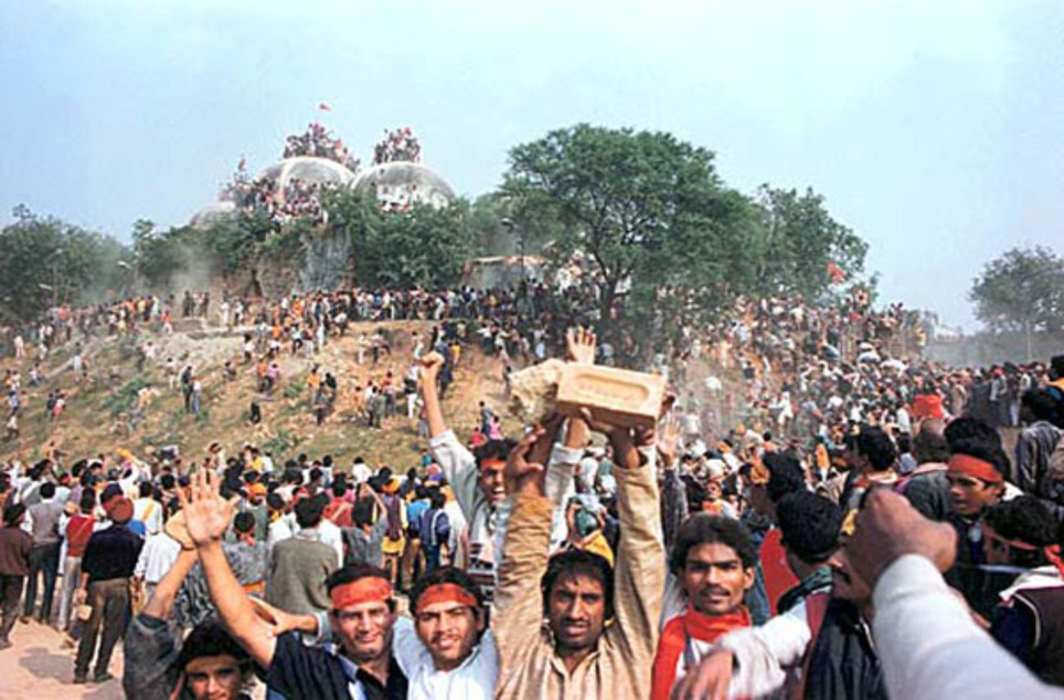
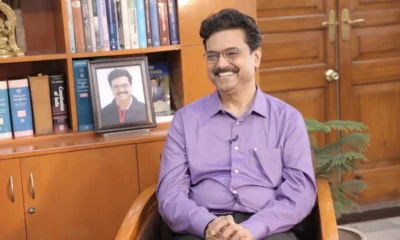
 India News19 hours ago
India News19 hours ago
 India News21 hours ago
India News21 hours ago
 India News22 hours ago
India News22 hours ago
 India News19 hours ago
India News19 hours ago
 Entertainment19 hours ago
Entertainment19 hours ago
 India News2 hours ago
India News2 hours ago
 India News50 mins ago
India News50 mins ago








